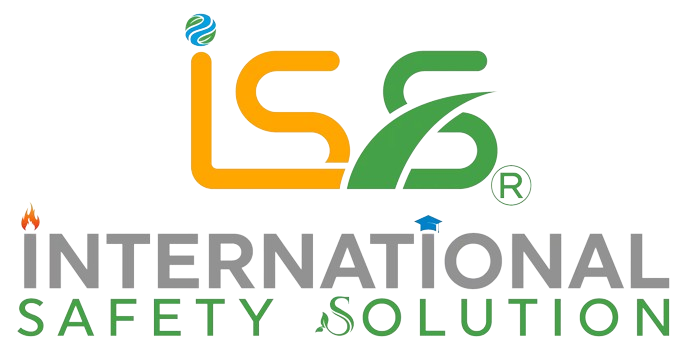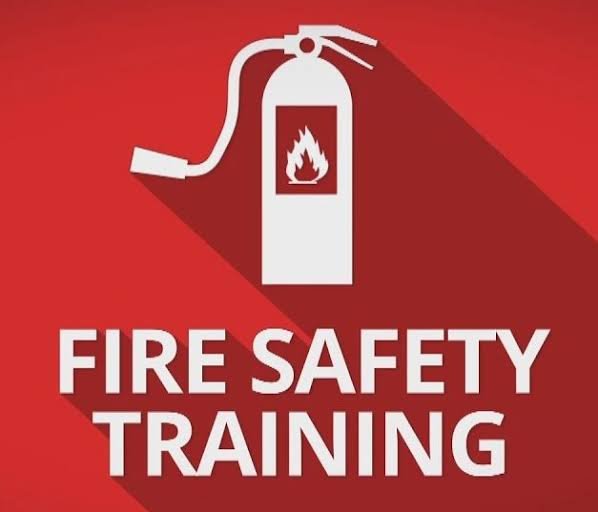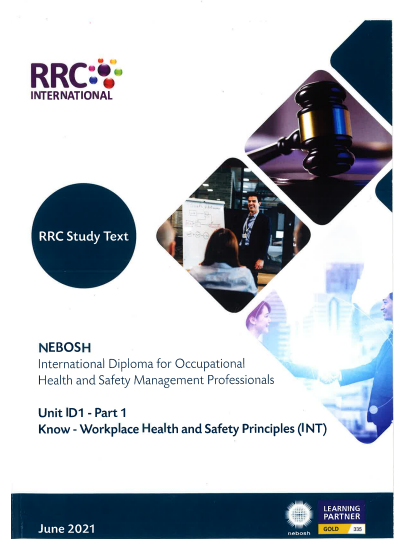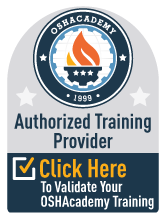Human Failure in Health and Safety: Understanding Causes and Prevention
Introduction
In workplace health and safety, accidents and incidents often occur not just because of unsafe conditions but due to human failure. The UK’s Health and Safety Executive (HSE) highlights human failure as one of the most common root causes of workplace incidents. Understanding why people make mistakes is critical to building stronger safety cultures, preventing accidents, and saving lives.
The concept of Human Failure is well-explained in HSG48 – “Reducing Error and Influencing Behaviour”, published by HSE. This guidance helps organizations analyze, manage, and reduce human error by addressing psychological, environmental, and organizational factors.

What is Human Failure?
Human failure refers to any mistake, slip, or violation made by a worker that leads to an unsafe situation or increases the risk of an accident. It is not always intentional it can occur due to fatigue, stress, lack of training, poor supervision, or unsafe systems of work.
According to HSE, human failure falls into two main categories:
- Human Error – Accidental actions, like slips, lapses, or mistakes.
- Violations – Deliberate deviations from rules or procedures.
Types of Human Failure
1. Slips and Lapses
- Slip: Doing the wrong thing while intending to do the right thing (e.g., pressing the wrong machine button).
- Lapse: Forgetting to carry out an action due to distraction or fatigue.
2. Mistakes
- Rule-Based Mistake: Applying a rule incorrectly or using the wrong rule for a situation.
- Knowledge-Based Mistake: Making an error due to lack of knowledge, skill, or experience.
3. Violations
- Routine Violations: Normalized unsafe shortcuts taken to save time.
- Situational Violations: Breaking rules due to pressure, lack of resources, or unrealistic deadlines.
- Exceptional Violations: Rare and extreme actions in unusual circumstances.
Why Does Human Failure Happen?
Human failures are rarely the fault of individuals alone. Instead, they result from a combination of organizational, psychological, and environmental factors:
- Fatigue and Stress: Tired workers are more prone to mistakes.
- Poor Training: Lack of knowledge increases risk of unsafe actions.
- Workplace Design: Poorly designed equipment or confusing controls encourage errors.
- Time Pressure: Strict deadlines force shortcuts.
- Lack of Supervision: Without guidance, workers may develop unsafe practices.
- Organizational Culture: Weak safety culture normalizes violations and unsafe acts.
Consequences of Human Failure
- Workplace accidents and injuries
- Damage to equipment and property
- Environmental pollution
- Legal penalties and regulatory action
- Loss of company reputation
- Increased operational costs
How to Prevent Human Failure (HSG Approach)
1. Improve Workplace Design
Design equipment, layouts, and systems that are simple, clear, and user-friendly to reduce errors.
2. Strengthen Training and Competence
Provide continuous skill development, practical safety training, and refresher sessions.
3. Build a Strong Safety Culture
Encourage reporting of near misses, reward safe behavior, and promote open communication.
4. Manage Fatigue and Stress
Provide adequate rest breaks, realistic deadlines, and stress management support.
5. Effective Supervision
Supervisors should monitor performance, correct unsafe behavior, and guide workers.
6. Use Human Reliability Analysis (HRA)
Identify critical tasks, assess potential human errors, and develop safeguards.
7. Clear Procedures and Communication
Provide simple, well-structured safety procedures and ensure workers understand them.
Benefits of Managing Human Failure
- Reduced workplace accidents and incidents
- Improved compliance with HSE, ILO, and OSHA standards
- Increased worker confidence and productivity
- Lower operational and legal costs
- Enhanced company reputation and trust
- Safer, healthier workplace environment
Conclusion
Human failure is not about blaming individuals it is about understanding human limitations and designing safer systems. By applying HSE’s guidance (HSG48), organizations can identify errors, manage risks, and create an environment where workers succeed instead of fail.
The future of workplace safety depends on recognizing that mistakes are part of human nature, but with the right systems, culture, and leadership, we can minimize human error and prevent accidents.




